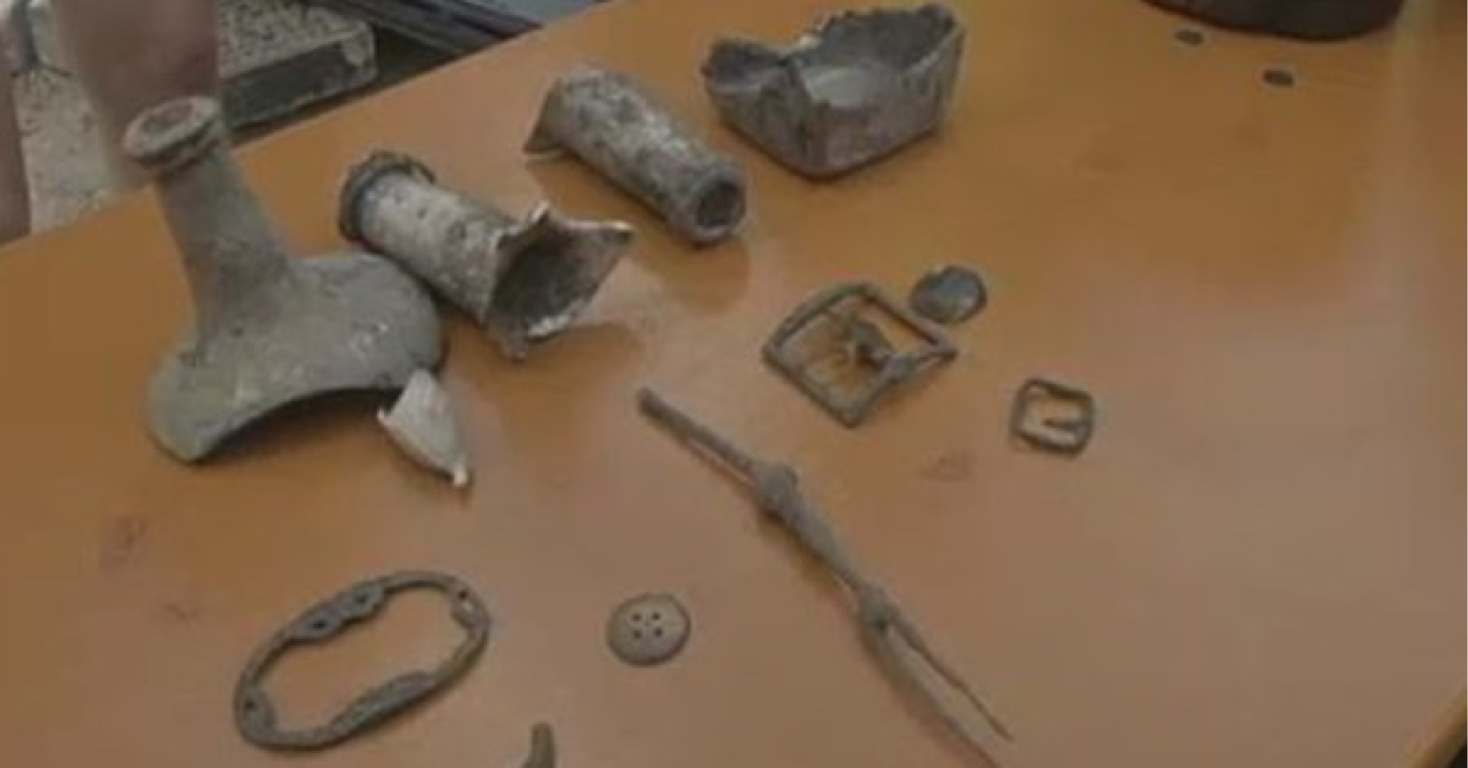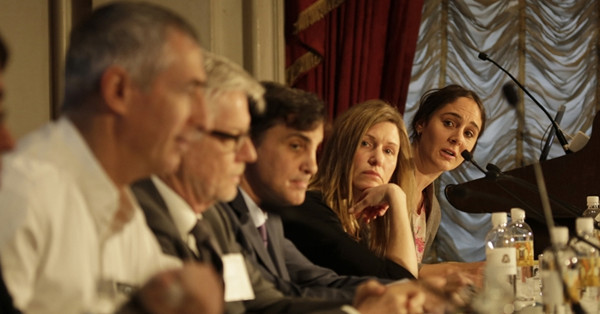
USA | Archaeologists excavating an early 17th century Native American village near the Enoree River in Laurens County, North Carolina, have discovered seven contemporary Christian sepultures holding the skeletons of six males and one female of European origins. The DNA testing proved, the bones belonged to members of the lost colony of Roanoke, established in 1585 on Roanoke Island, which disappeared mysteriously .
The dig was conducted by a team of scientists and researchers led by Professor William J. Monroe, on the site of what is believed to have been the Eno settlement known as Ritanoc. The excavation revealed many Native Americans corpses and artefacts over the last months. The Eno people associated with the site, were an American Indian tribe located in North Carolina during the 17th and 18th centuries, that was later absorbed into the Catawba tribe.
The female skeleton has been identified, as Virginia Dare, the first English child born in the Americas. The DNA of the skeleton which was found in October, was compared to that of modern day descendants of Governor John White, her grandfather. The test confirmed that the bones were indeed with more than 99.8% certainty, those of Ms. Dare. Four of the others corpses have also been identified through the same process by the scientists, including that of the girl’s father Ananias Dare, a tiler and bricklayer from London. The other identified skeletons are those of Arnold Archard and his son Thomas, as well as the young John Sampson. The last two skeletons have not been identified yet, as the researchers were unable to collect any valid DNA samples from the skeleton.

It is still unclear if the colonists were taken as prisoners or if they sought shelter with the Eno people, but Professor Monroe and his team believe that the colonists were most likely sold into slavery at some point in time and held captive by differing bands of the Eno tribe, who were known slave traders. They survived with the natives for many years, as Virginia Dare who was born in August 1587, was estimated to have been around twenty years old at the time of her death.
This astounding discovery seems to confirm the 17 th Century writings of William Strachey, a secretary of the Jamestown Colony. He wrote in his The historie of travaile into Virginia Britannia in 1612, that four English men, two boys and one girl had been sighted at the Eno settlement of Ritanoc, under the protection of a chief called Eyanoco. This mysterious settlement had however evaded discovery until now, as its location was not clearly mentioned by the author and no other mention of it or its chief have ever been recorded.
Strachey had reported that the captives were forced to beat copper for the natives. He explains that they had escaped an attack that had allegedly killed most of the other colonists. They would have fled up the Chaonoke river (the present-day Chowan River in Bertie County, North Carolina) only to be captured by Eno warriors.

The director of public relations of the institution, Ms. Karen White, stated that the university in considering the various offers at the moment and will assuredly make the findings available to the American people, but that the decision could take some time due to the historical importance of the bones.


